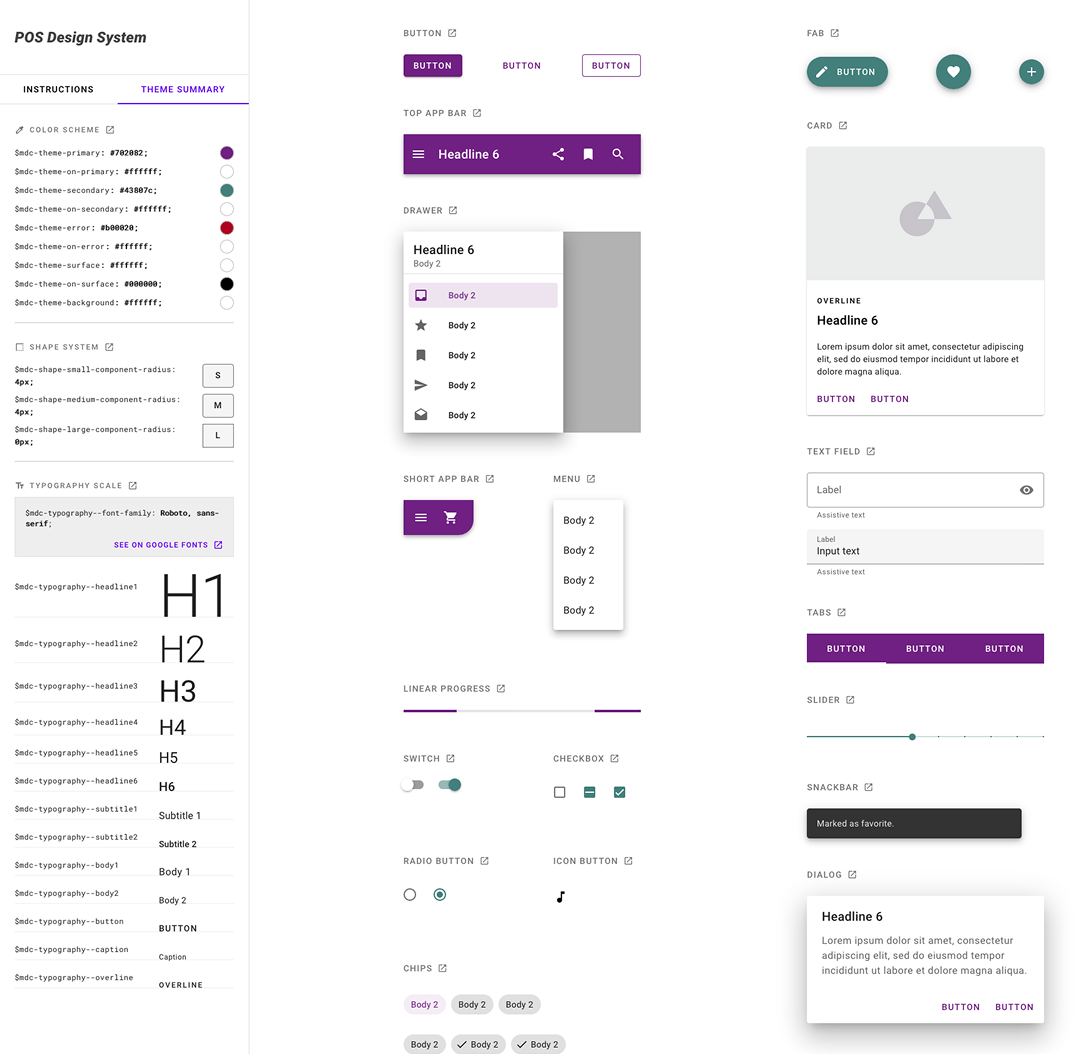Point of Sale - Taco Bell
Overview
In November 2019, I joined the Yum! Dev Team as the first UX Designer on the team. My role was to establish a UX practice and contribute to the development of a new, modernized Point of Sale (POS) system for Taco Bell. The goal was to create a user-centered solution that would simplify team member experiences, improve efficiency, and modernize the platform's architecture.
Challenges
Ensuring Usability for All: Transitioning from a legacy product required designing a system that employees of all skill levels could trust and easily adopt.
Building Trust: Taco Bell and Yum.Dev had to align on UX principles and agile workflows.
New to Agile: Taco Bell was unfamiliar with an agile product development approach.
Limited UX Resources: Establishing UX processes within the team with minimal initial support.
Global Pandemic: Research and collaboration were disrupted, requiring adaptation.
Business Goals
Simplify team member experience.
Build a stable, modern architecture.
Enable real-time metrics for store data.
Accelerate feature releases and maintenance.
Rapidly prototype, test, and iterate in-store.
Legacy POS system
Understanding Users
To create an effective POS system, we conducted thorough user research:
Domain Experts: Consulted with Taco Bell’s internal subject matter experts.
Ethnographic Research: Conducted store visits before the pandemic.
Academic & Social Research: Studied user behavior, pain points, and existing system limitations.
Process
A Collaborative Process
Over the course of a year, our team worked closely with Taco Bell stakeholders to define, prioritize, and iterate on design solutions, leading to a Minimum Viable Product (MVP).
Methods & Collaboration
Cross-functional teamwork: Engaged with engineering, product, and business teams.
Weekly Design Reviews: Regular feedback from both internal teams and Taco Bell stakeholders.
User Task Flow Reviews: Ensured intuitive navigation and efficiency.
Cognitive Walkthroughs: Evaluated low-fidelity designs for usability and comprehension.
Research-Driven Iteration: Insights from our research session were used to refine the interface and optimize key workflows.
Rapid Iteration & Prototyping
Created user flows, site maps, and UI sketches for early-stage testing.
Conducted iterative design improvements based on user feedback.
Advocated for user needs and stakeholder alignment, helping teams recognize and address biases.
Research Session Insights
As part of our research process, we conducted a structured research session to gather insights directly from store employees and stakeholders. This session provided valuable information on:
Pain Points of the Existing System: Employees struggled with slow transaction speeds, inefficient menu navigation, and a steep learning curve for new hires.
Work Environment Challenges: High-paced environments required minimal interaction time with the POS system to maintain order accuracy and speed.
Feature Prioritization: Users requested enhanced customization options, streamlined workflows, and predictive text functionality to improve efficiency.
Training & Onboarding: A need for an intuitive design that reduced training time and improved first-time usability was emphasized.
These insights directly influenced our design choices, ensuring that the new POS system addressed user frustrations and streamlined operations.
Design System
To ensure consistency and scalability:
Material Design Foundation: Adapted for Taco Bell’s needs.
Customization for Large Screens: Optimized usability for different store setups.
Flexible Theming: Enabled easy transitions across Yum! brands.
Handoff & Implementation
Zeplin for Developer Handoff: Provided clear documentation and design specs.
Handoff Meetings: Ensured alignment between design and development teams.
QA & Testing: Conducted usability and functionality reviews.
Solution & Impact
Launch & Adoption
“I had a callout and couldn’t focus on training a new hire on the system like normal. Our new hire was able to pick it up in an hour and start taking orders to help us get through the rush”
The first live store launched in February 2021, featuring a modern, intuitive interface and a stable architecture. The new POS system was designed with inclusivity in mind, significantly improving usability across a range of users.
Key Results:
Store staff could confidently use the POS within a day.
Onboarding time reduced by 3 weeks.
Positive feedback from store managers.
Modernization of the point of sale system
Expansion & Metrics
Live in 25+ stores by March 2022.
50% adoption by franchise stores.
1 million+ orders processed as of March 2022.
Interest from other Yum! brands to adopt the POS system.
Post-MVP & Future Work
Learning from Pilot Stores
User Testing: Identified pain points for future improvements.
Analytics Implementation: Used data-driven insights for research and iteration.
Usability Testing: Established baseline metrics for system improvements.
Continued Growth
Expanded the UX team to support ongoing development.
Conducted a research trip to pilot stores for further insights.
Initiated POS expansion to KFC within Yum! Brands.
Conclusion
This project demonstrated the strategic impact of UX in transforming a core business tool. By aligning user needs with business goals and leveraging agile methodologies, we launched a scalable POS system that improved efficiency, usability, and adoption across Taco Bell stores. Its success set a new standard for enterprise product development within Yum! Brands, driving future scalability and innovation.












